Home>Furniture & Design>Bathroom Accessories>How Many Germs Are On A Toilet Seat
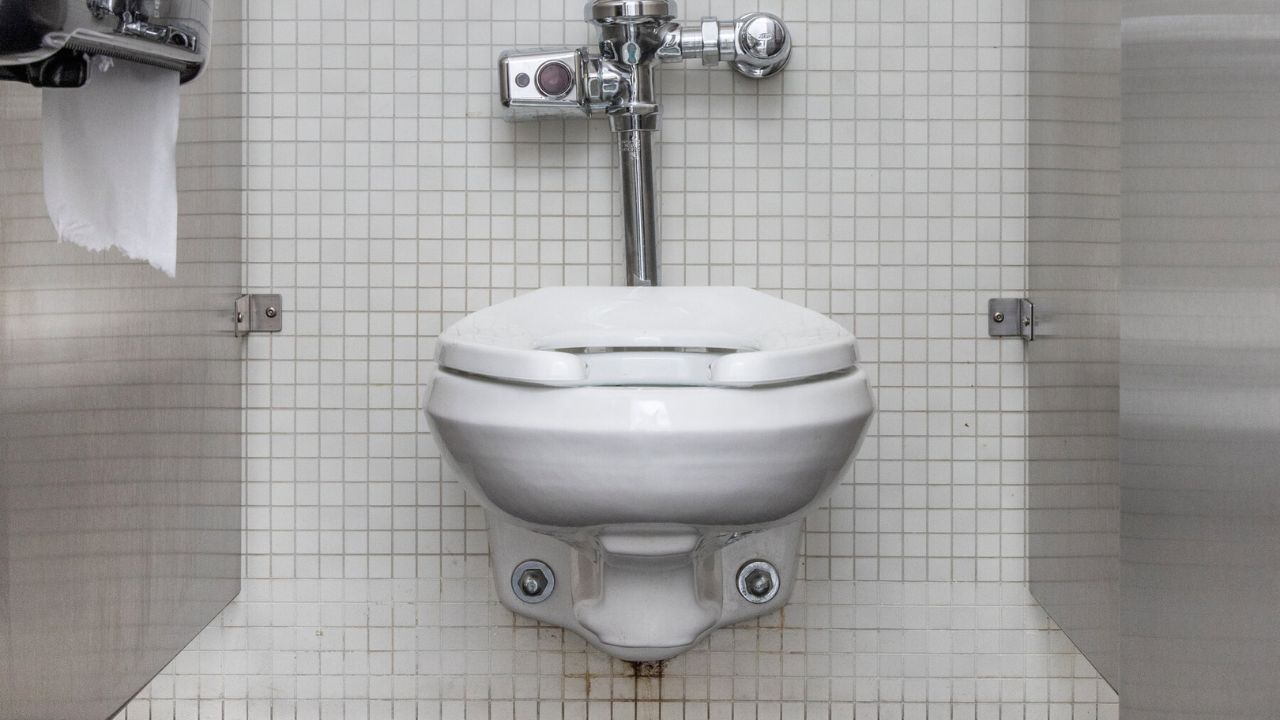

Bathroom Accessories
How Many Germs Are On A Toilet Seat
Modified: August 30, 2024
Discover the truth about germs on toilet seats and how to keep your bathroom hygienic with the right accessories. Learn more about bathroom accessories and cleanliness.
(Many of the links in this article redirect to a specific reviewed product. Your purchase of these products through affiliate links helps to generate commission for Storables.com, at no extra cost. Learn more)
Introduction
When it comes to bathroom hygiene, the topic of germs on toilet seats often sparks curiosity and concern. We've all heard the warnings about the potential health hazards lurking in public restrooms, but how much truth is there to these claims? Are toilet seats really as germ-ridden as we've been led to believe? In this article, we'll delve into the world of bathroom germs, uncover the truth about toilet seat cleanliness, explore the factors that influence germ count, and provide practical tips for minimizing exposure to these unseen invaders.
The thought of coming into contact with germs, especially in a place as intimate as a restroom, can evoke a sense of unease. However, it's essential to approach this topic with a balanced perspective. While it's important to be mindful of potential health risks, it's equally crucial to avoid unnecessary panic or misinformation. By gaining a deeper understanding of the realities surrounding germs on toilet seats, we can make informed decisions and take proactive steps to maintain good hygiene practices.
Throughout this article, we'll address common misconceptions and shed light on the actual level of risk posed by toilet seat germs. By doing so, we aim to empower readers with knowledge that will enable them to navigate public restrooms and their own bathrooms with confidence and peace of mind. So, let's embark on this enlightening journey into the world of bathroom germs and discover the truth about the much-debated topic of toilet seat cleanliness.
Key Takeaways:
- Toilet seats are not as germ-ridden as commonly believed. Scientific evidence shows low risk of illness from incidental contact. Focus on effective hygiene practices for peace of mind.
- Factors like surface material, cleaning frequency, and personal habits influence germ count on toilet seats. Thorough hand hygiene and mindful surface contact help minimize exposure to germs.
Read more: How Many Germs Does A Toilet Brush Have
Understanding Germs
Germs, also known as microorganisms, are tiny organisms that are invisible to the naked eye. They exist all around us, including on surfaces, in the air, and within our bodies. While the term "germs" often carries a negative connotation, it's important to note that not all microorganisms are harmful. In fact, our bodies host a diverse array of beneficial bacteria that play crucial roles in maintaining our overall health.
When it comes to public health concerns, the focus is primarily on pathogenic germs, which have the potential to cause illness or infection. These harmful microorganisms can include bacteria, viruses, fungi, and other pathogens. In the context of restroom hygiene, the presence of pathogenic germs on toilet seats is a topic of particular interest and concern.
Understanding the nature of germs is essential for making informed decisions about hygiene practices. It's important to recognize that not all surfaces are equally conducive to the survival and transmission of germs. Factors such as material, texture, moisture levels, and exposure to cleaning agents can all influence the likelihood of germs thriving on a particular surface.
Moreover, the transmission of germs is influenced by human behavior and interactions. For instance, when an individual touches a contaminated surface and then touches their face or food without proper hand hygiene, they can inadvertently introduce germs into their body. This highlights the interconnected nature of hygiene practices and the potential pathways for germ transmission.
In the context of restroom hygiene, understanding the behavior and characteristics of germs can help dispel misconceptions and guide individuals in adopting effective strategies for minimizing exposure. By gaining a deeper understanding of the microbial world, individuals can make informed decisions about their hygiene habits and contribute to a healthier environment for themselves and others.
As we continue our exploration of toilet seat cleanliness and the realities of restroom hygiene, this foundational understanding of germs will serve as a valuable framework for evaluating the risks and implementing practical solutions. Let's delve deeper into the truth about toilet seat germs and equip ourselves with the knowledge needed to navigate this aspect of everyday hygiene with confidence and clarity.
The Truth About Toilet Seats
The truth about toilet seats may surprise many individuals who have long been wary of these seemingly innocuous fixtures. Contrary to popular belief, toilet seats are not the germ-infested hotbeds that they are often portrayed to be. In fact, numerous studies have revealed that toilet seats are relatively low-risk surfaces when it comes to harboring harmful germs. The smooth, non-porous nature of most toilet seat materials, such as plastic or porcelain, makes it difficult for germs to thrive and multiply. Additionally, the frequent cleaning and disinfection of public restroom facilities further contribute to minimizing the presence of germs on toilet seats.
While it's important to acknowledge that some level of microbial presence is inevitable in any environment, including restrooms, the actual risk posed by toilet seats is significantly lower than commonly perceived. The human skin acts as a natural barrier against many germs, and the likelihood of contracting an illness from incidental contact with a toilet seat is exceedingly low. Furthermore, the majority of pathogens that cause infections are not typically found on toilet seats, as they require specific conditions and modes of transmission to survive and spread.
It's crucial to approach the topic of toilet seat cleanliness with a balanced perspective, informed by scientific evidence and rational assessment of risk. Rather than succumbing to unfounded fears, individuals can take comfort in the fact that toilet seats are generally not significant sources of harmful germs. This understanding can alleviate unnecessary anxiety and enable individuals to navigate public restrooms and their own bathrooms with greater confidence and peace of mind.
By dispelling the myths surrounding toilet seat cleanliness and acknowledging the relatively low risk posed by these surfaces, individuals can focus their attention on more impactful hygiene practices. Instead of fixating on the perceived threat of toilet seat germs, emphasis can be placed on fundamental habits such as thorough handwashing, proper food handling, and regular cleaning of frequently touched surfaces. These proactive measures offer tangible benefits in reducing the risk of germ transmission and promoting overall well-being.
As we unravel the truth about toilet seats and their actual level of germ contamination, it becomes evident that a rational and informed approach to restroom hygiene is essential. By embracing a balanced perspective and directing attention towards effective hygiene practices, individuals can confidently navigate the realm of restroom cleanliness without undue concern about the much-maligned toilet seat.
Factors Affecting Germ Count
The level of germ count on any surface, including toilet seats, is influenced by a multitude of factors that collectively determine the potential for microbial presence and proliferation. Understanding these factors is crucial for gaining insight into the dynamics of restroom hygiene and identifying opportunities for minimizing germ exposure. By examining the key determinants of germ count, individuals can make informed decisions and implement targeted strategies to maintain a clean and hygienic environment.
-
Surface Material: The material composition of a toilet seat plays a significant role in determining its susceptibility to germ accumulation. Non-porous materials, such as plastic and glazed porcelain, are less conducive to harboring germs compared to porous surfaces. Non-porous materials are easier to clean and disinfect, reducing the likelihood of germs finding a hospitable environment to thrive.
-
Cleaning Frequency and Method: The regularity and thoroughness of cleaning practices directly impact the germ count on toilet seats. Public restroom facilities that adhere to stringent cleaning schedules and utilize effective disinfection methods contribute to lower germ levels. Conversely, inadequate or infrequent cleaning can lead to an accumulation of germs, posing potential health risks to restroom users.
-
Moisture Levels: Moist environments provide favorable conditions for microbial growth, and restroom surfaces are no exception. Toilet seats that remain damp due to inadequate ventilation or cleaning practices may facilitate the survival and spread of germs. Proper ventilation and thorough drying after cleaning can help mitigate the impact of moisture on germ count.
-
Human Behavior: The behavior of restroom users also influences the germ count on toilet seats. Proper hand hygiene, including thorough handwashing with soap and water, can reduce the transfer of germs from hands to surfaces. Conversely, careless or unhygienic practices can contribute to higher germ levels on toilet seats, emphasizing the interconnected nature of individual behavior and environmental cleanliness.
-
Environmental Factors: The overall cleanliness and maintenance of restroom facilities, including factors such as air quality, temperature, and pest control, can impact the germ count on toilet seats. Well-maintained restrooms with optimal environmental conditions are less likely to harbor high levels of germs, promoting a safer and more hygienic experience for users.
By considering these factors that influence germ count on toilet seats, individuals can gain a comprehensive understanding of the dynamics at play in restroom hygiene. This knowledge empowers individuals to make informed choices, advocate for effective cleaning practices in public facilities, and implement proactive measures to minimize germ exposure in their personal environments. As we delve into the intricacies of restroom hygiene, recognizing the multifaceted nature of germ count and its determinants is essential for fostering a culture of cleanliness and well-being.
How to Minimize Exposure to Germs
Minimizing exposure to germs in restroom environments is a proactive endeavor that encompasses a range of practical strategies and mindful habits. By adopting these measures, individuals can effectively reduce the risk of germ transmission and promote a cleaner, healthier restroom experience for themselves and others.
Read more: How To Disinfect Toilet Seat
Thorough Hand Hygiene
One of the most impactful ways to minimize germ exposure is through thorough hand hygiene. Proper handwashing with soap and water, particularly after using the restroom, is essential for removing germs that may have been encountered. Individuals should lather their hands for at least 20 seconds, ensuring that all surfaces, including the backs of hands and under the nails, are thoroughly cleansed. Additionally, carrying a small bottle of hand sanitizer containing at least 60% alcohol can provide an extra layer of protection when soap and water are not readily available.
Mindful Surface Contact
When using restroom facilities, individuals can minimize direct contact with surfaces, including toilet seats, by utilizing disposable seat covers or carefully lining the seat with toilet paper. This simple practice acts as a barrier between the skin and the surface, reducing the likelihood of germ transfer. Additionally, using elbows or tissue to operate flush handles and faucets can further minimize direct contact with potentially contaminated surfaces.
Environmental Awareness
Being mindful of the restroom environment and selecting facilities that prioritize cleanliness and maintenance can contribute to reduced germ exposure. Well-maintained restrooms with adequate ventilation, proper sanitation practices, and readily available hand hygiene amenities offer a more hygienic experience for users. By patronizing establishments that uphold high standards of restroom cleanliness, individuals can proactively minimize their exposure to germs.
Personal Protective Measures
In situations where individuals anticipate prolonged exposure to restroom environments, such as during travel or outdoor activities, carrying personal protective items such as disinfectant wipes or surface disinfectant sprays can offer added reassurance. These products enable individuals to sanitize surfaces before use, providing an extra layer of protection against potential germs.
Read more: How To Paint A Toilet Seat
Advocacy for Hygiene Practices
Promoting awareness of effective hygiene practices in public restroom facilities can contribute to a collective effort in minimizing germ exposure. Encouraging the regular cleaning and disinfection of restroom surfaces, including toilet seats, and advocating for the availability of hand hygiene essentials can foster a culture of cleanliness and well-being in shared environments.
By incorporating these practical strategies into their restroom routines, individuals can actively minimize their exposure to germs and contribute to a more hygienic restroom experience. These proactive measures empower individuals to navigate restroom environments with confidence and promote a culture of cleanliness that benefits everyone.
Conclusion
In conclusion, the topic of germs on toilet seats encompasses a complex interplay of perceptions, realities, and practical considerations. Through our exploration, we have gained valuable insights into the truths and myths surrounding toilet seat cleanliness, the factors influencing germ count, and practical strategies for minimizing exposure to germs in restroom environments.
It is evident that toilet seats, despite their reputation as potential breeding grounds for germs, are not significant sources of harmful microbial contamination. Scientific evidence and rational assessment of risk reveal that the actual likelihood of contracting an illness from incidental contact with a toilet seat is exceedingly low. This understanding can alleviate unnecessary anxiety and empower individuals to approach restroom hygiene with confidence and clarity.
The factors affecting germ count on toilet seats, including surface material, cleaning practices, moisture levels, human behavior, and environmental factors, provide a comprehensive framework for evaluating restroom hygiene. By recognizing these determinants, individuals can make informed decisions, advocate for effective cleaning practices in public facilities, and implement proactive measures to minimize germ exposure in their personal environments.
Moreover, the practical strategies for minimizing exposure to germs in restroom environments offer actionable steps that individuals can incorporate into their hygiene routines. Thorough hand hygiene, mindful surface contact, environmental awareness, personal protective measures, and advocacy for hygiene practices collectively contribute to a cleaner, healthier restroom experience for everyone.
By embracing a balanced perspective and directing attention towards effective hygiene practices, individuals can confidently navigate the realm of restroom cleanliness without undue concern about the much-maligned toilet seat. This approach fosters a culture of cleanliness and well-being, benefiting both individuals and the community at large.
In essence, our journey into the world of bathroom germs and the truth about toilet seat cleanliness has equipped us with the knowledge needed to make informed decisions and take proactive steps in maintaining good hygiene practices. By dispelling misconceptions, understanding the multifaceted nature of germ count, and implementing practical strategies, individuals can navigate public restrooms and their own bathrooms with confidence and peace of mind. This balanced approach to restroom hygiene empowers individuals to prioritize effective hygiene practices while dispelling unnecessary fears and misconceptions, ultimately contributing to a cleaner and healthier environment for all.
Frequently Asked Questions about How Many Germs Are On A Toilet Seat
Was this page helpful?
At Storables.com, we guarantee accurate and reliable information. Our content, validated by Expert Board Contributors, is crafted following stringent Editorial Policies. We're committed to providing you with well-researched, expert-backed insights for all your informational needs.
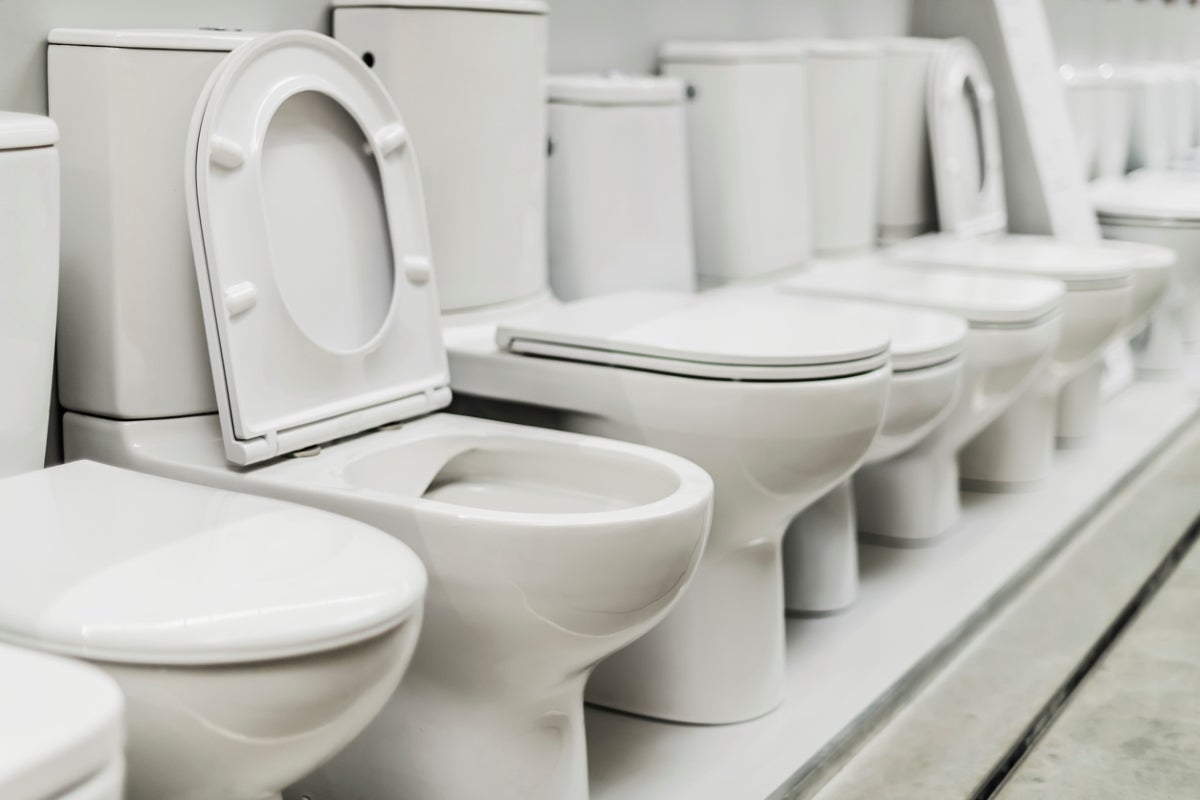
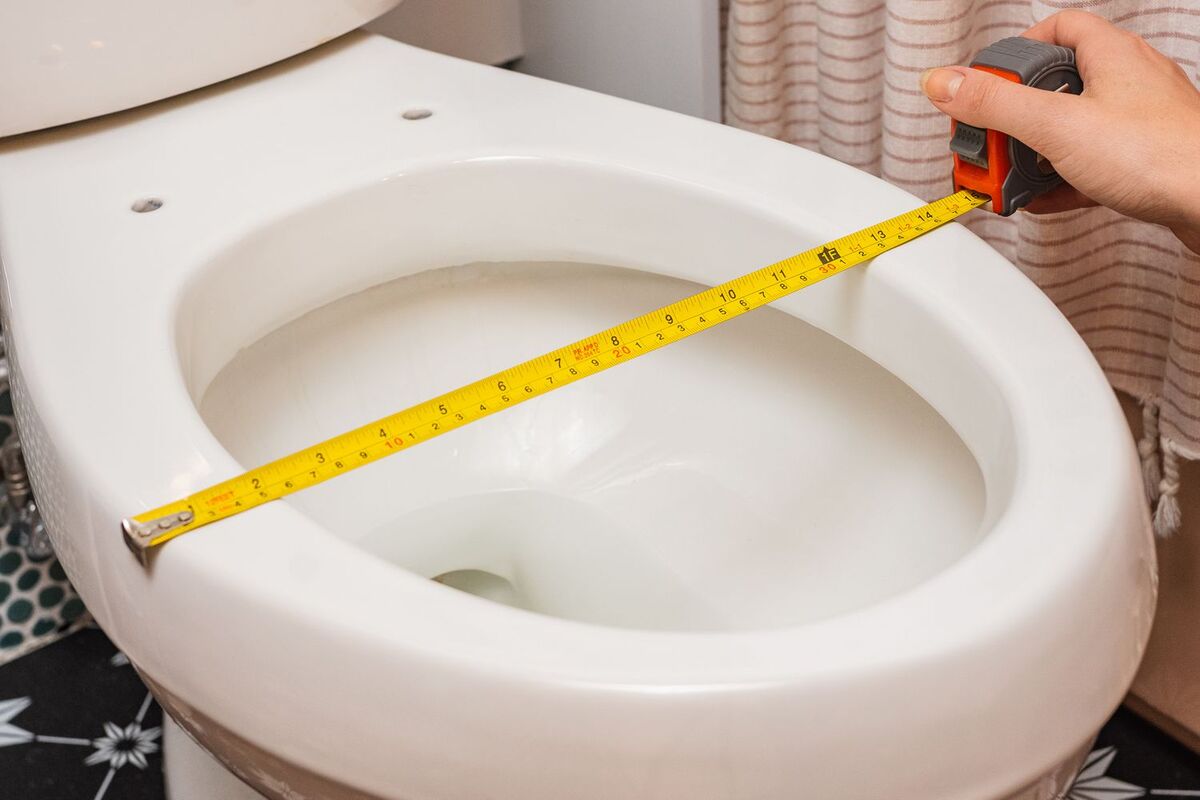
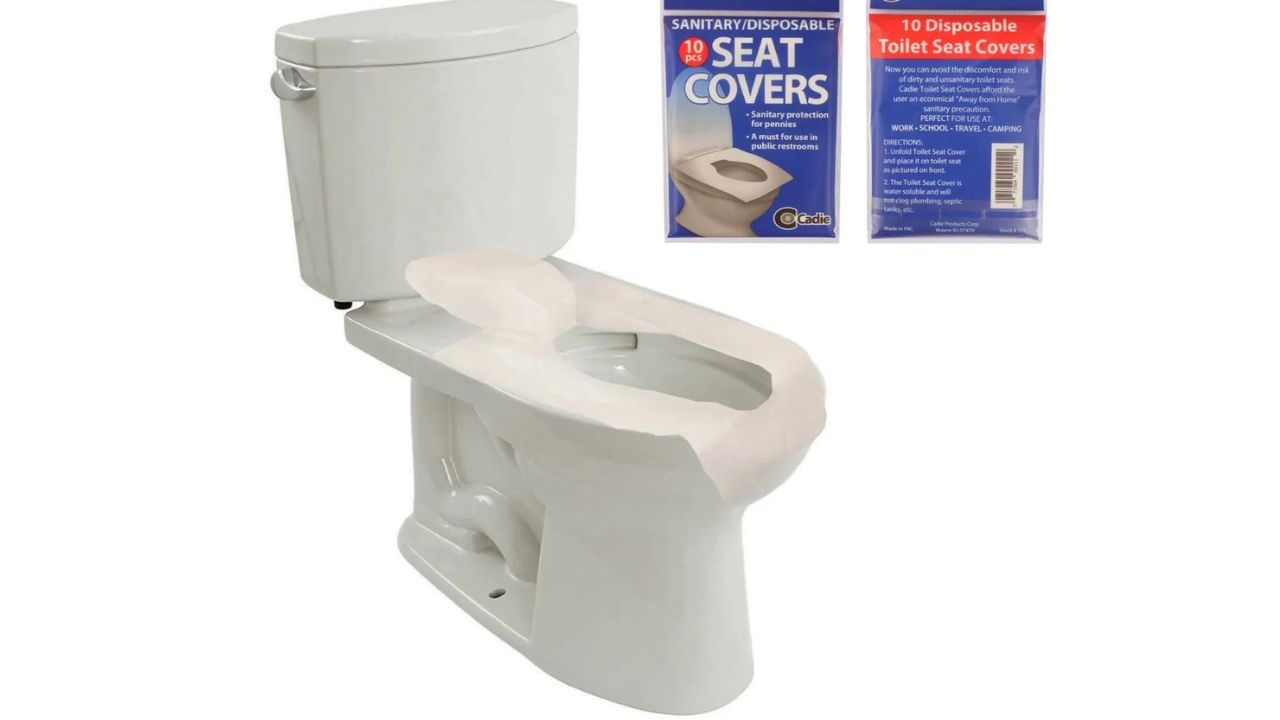
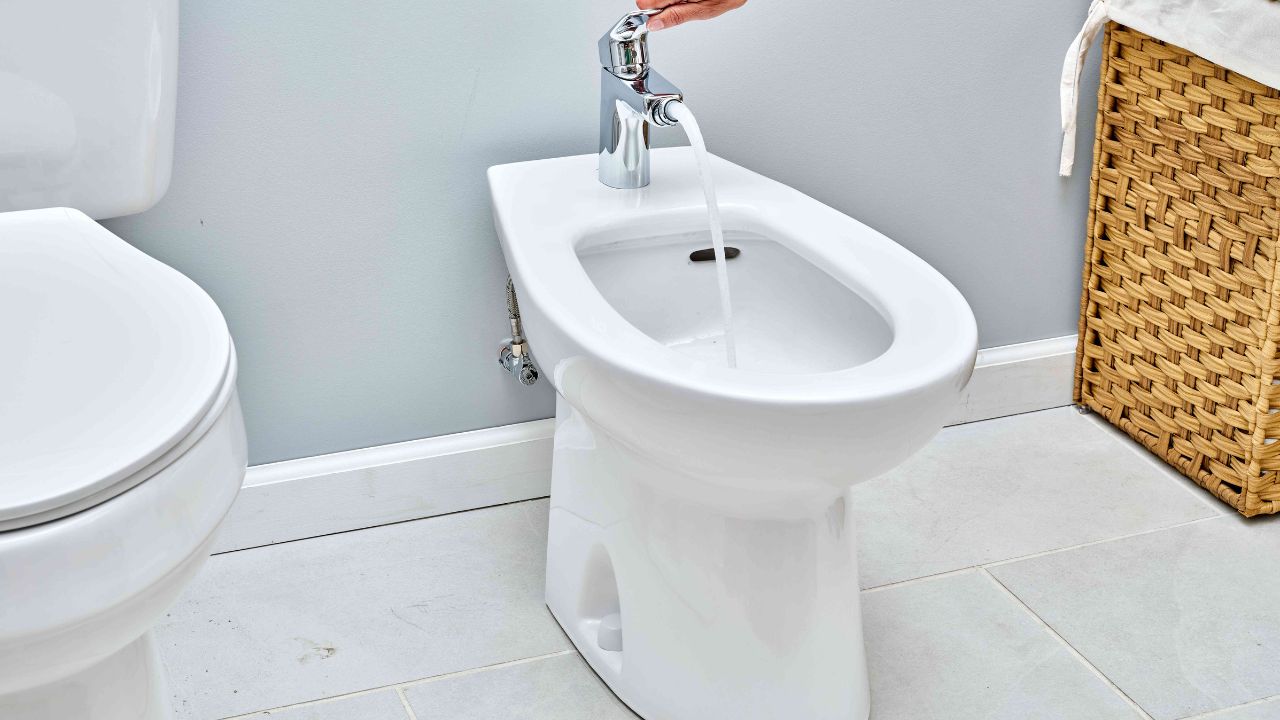

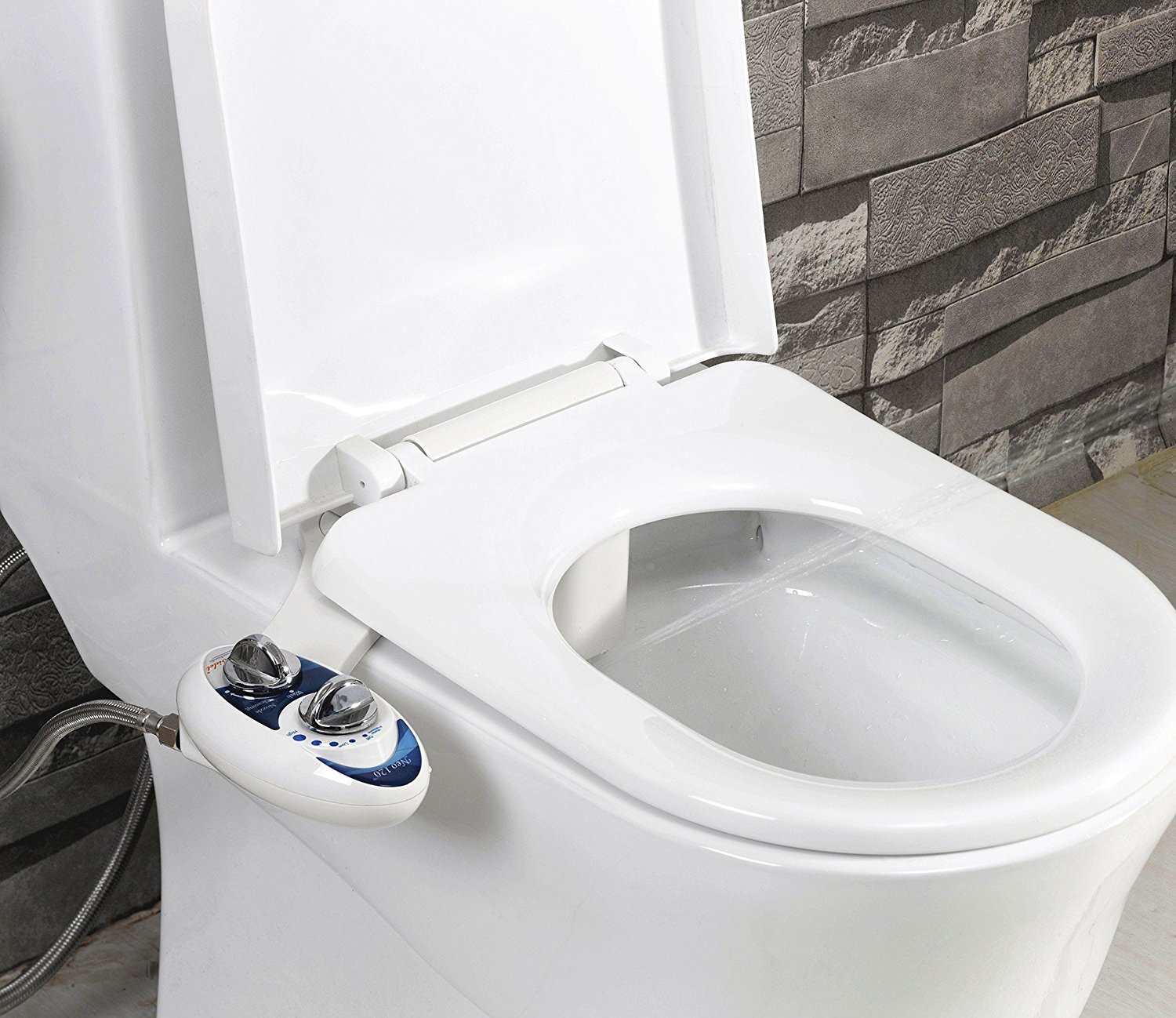
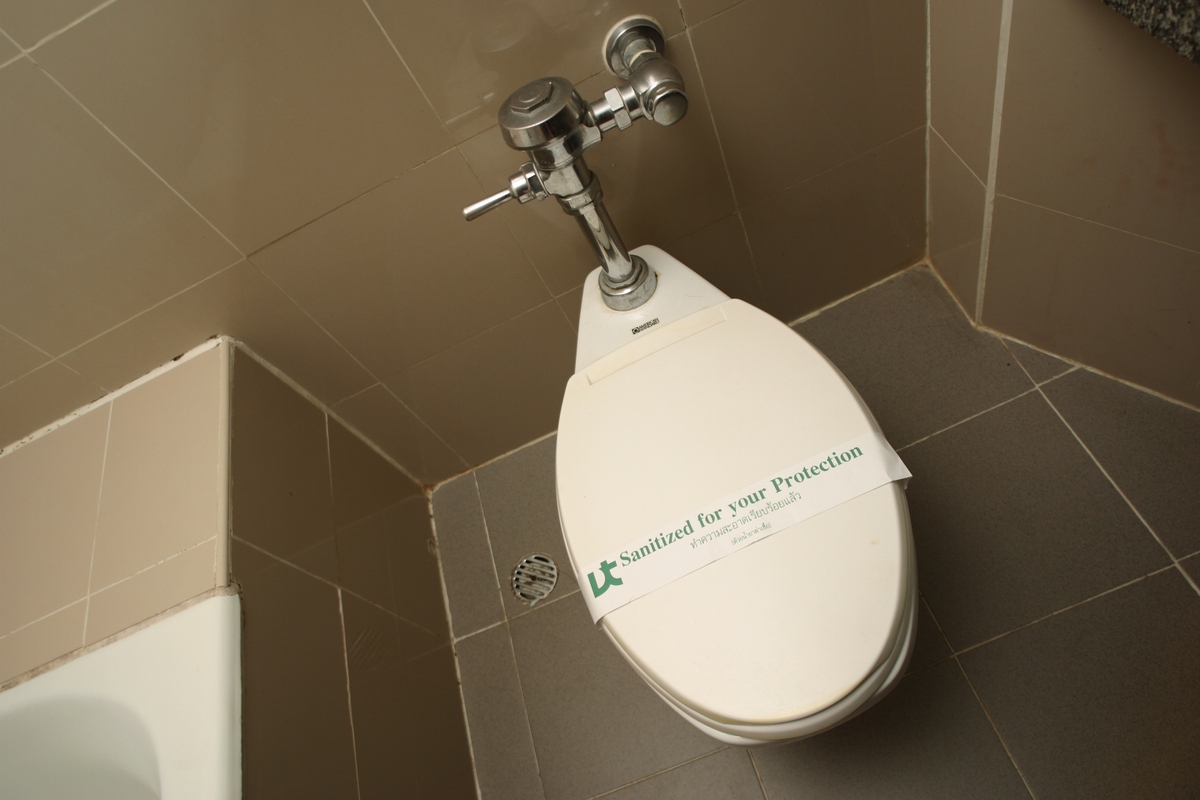
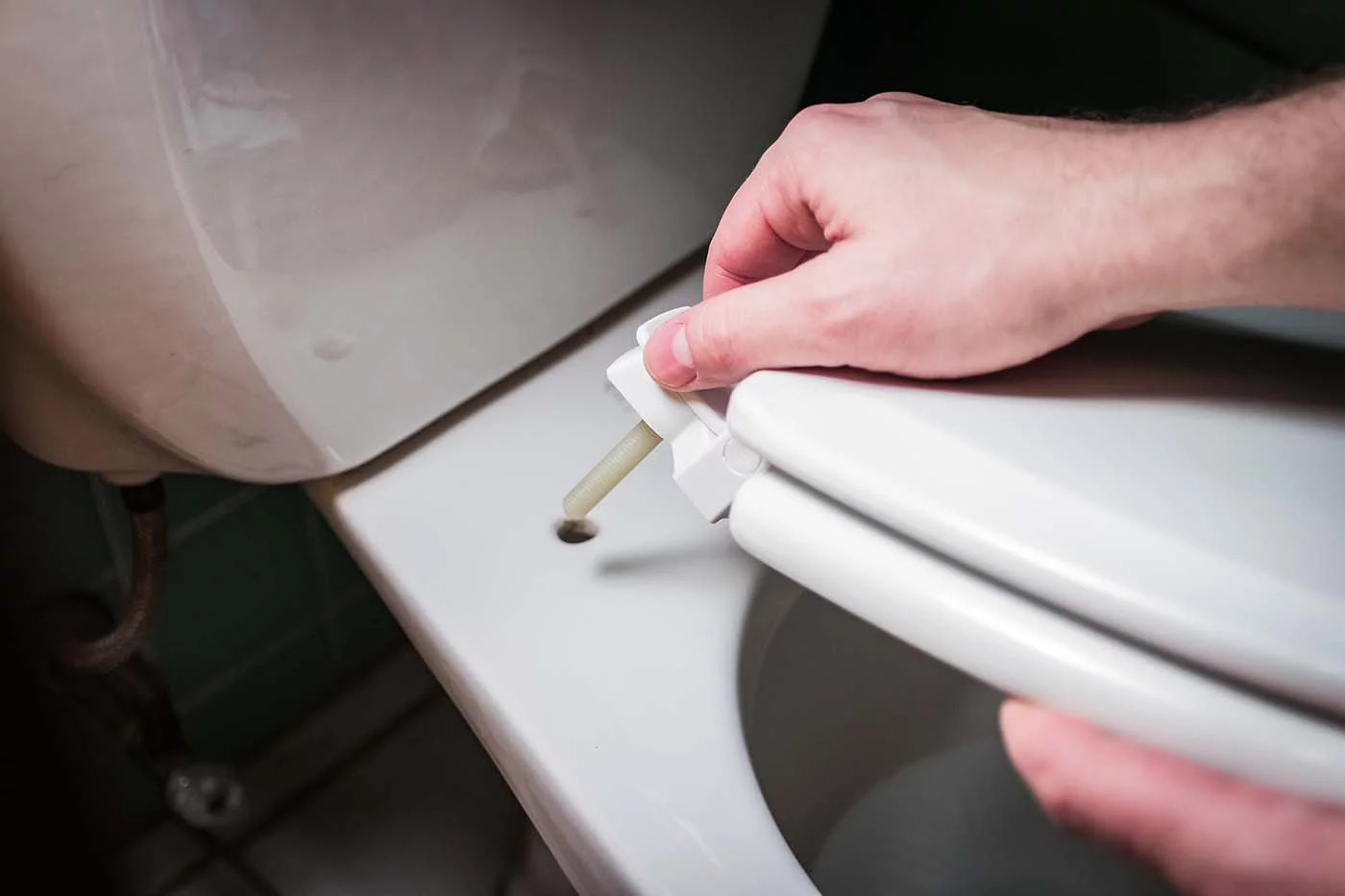
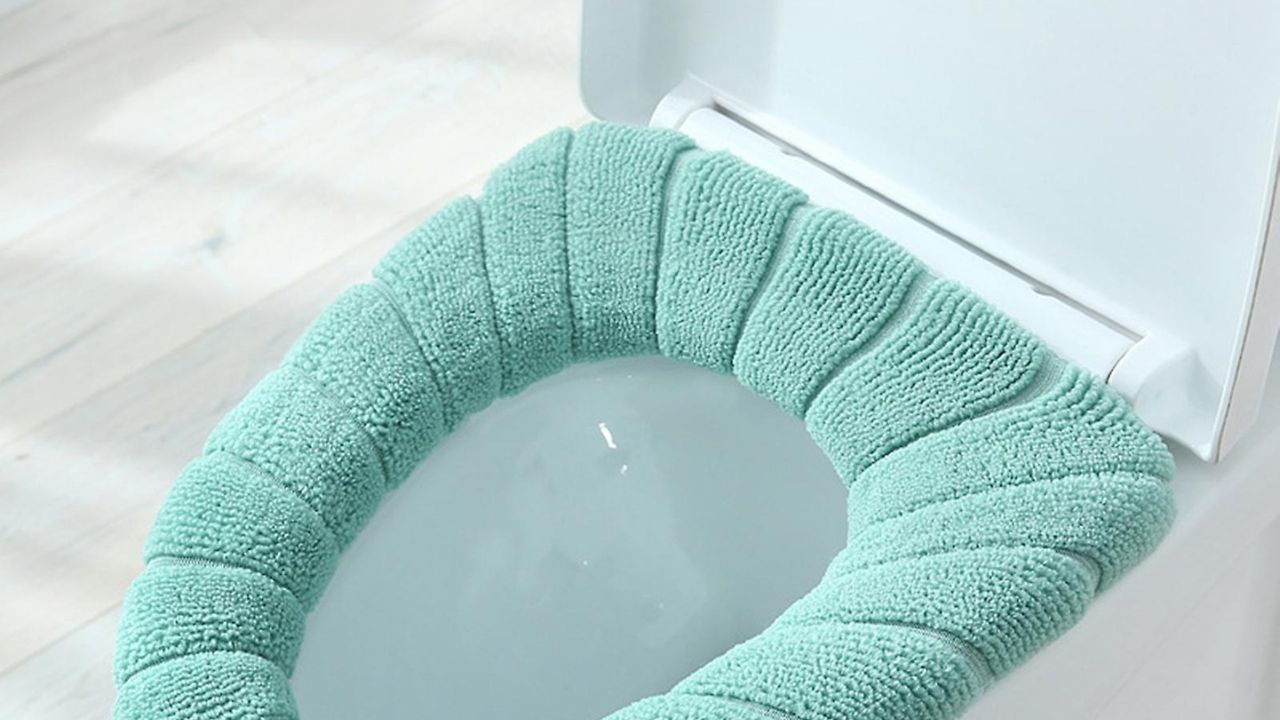
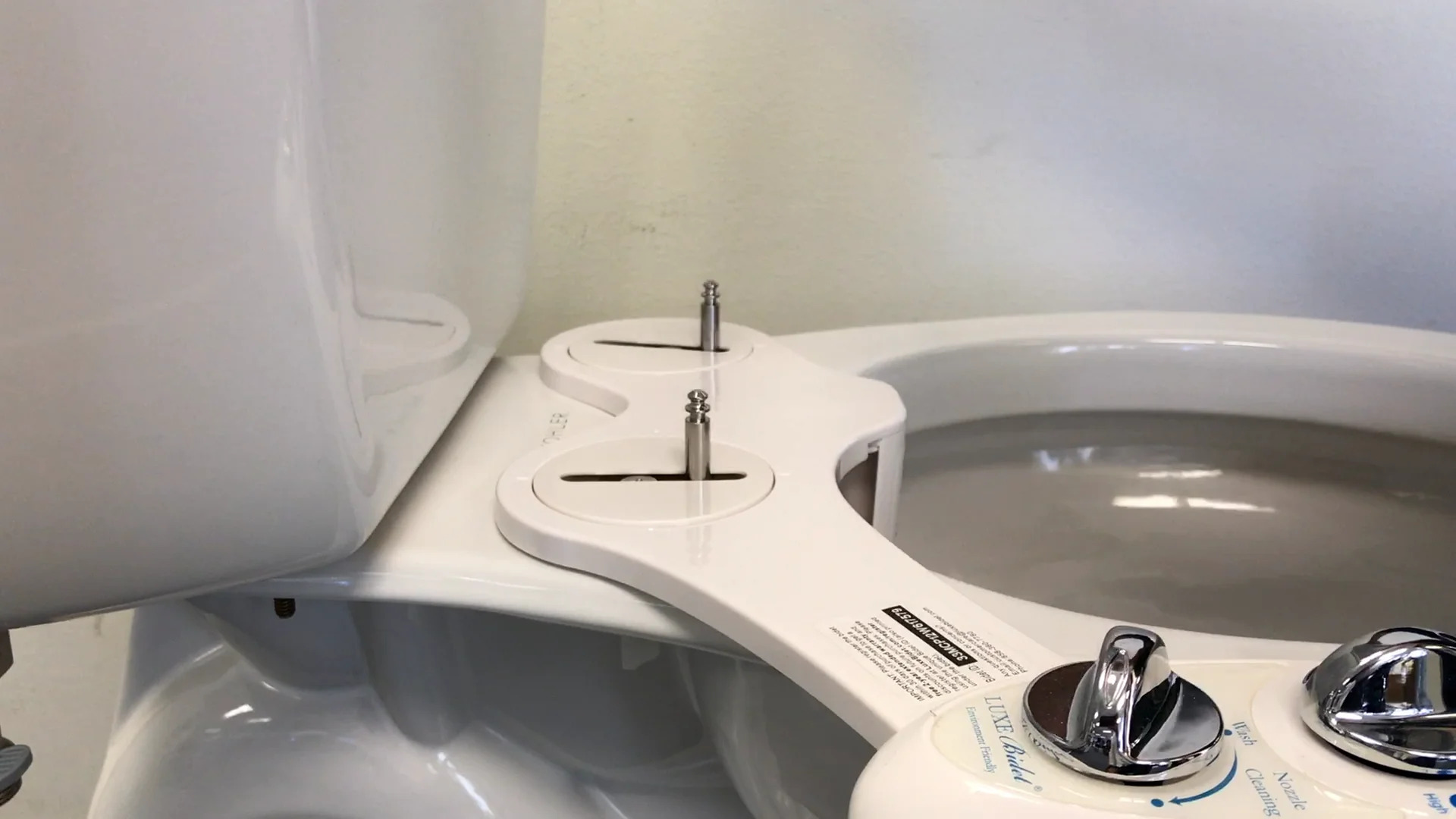
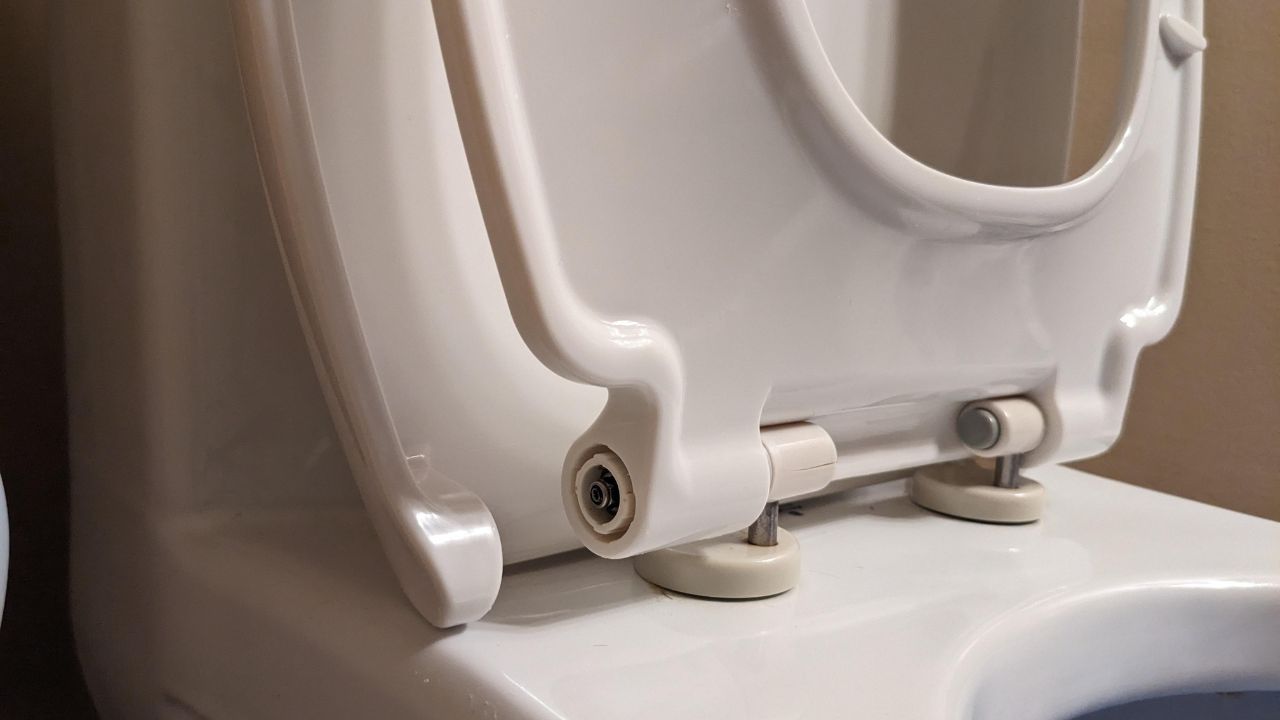
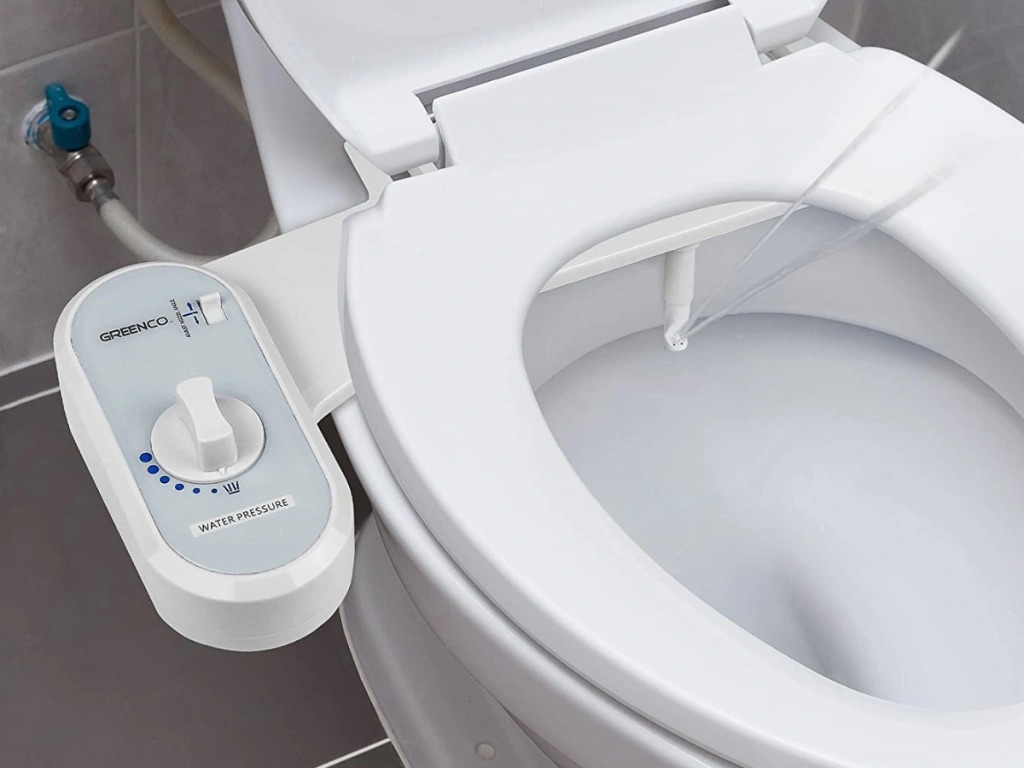
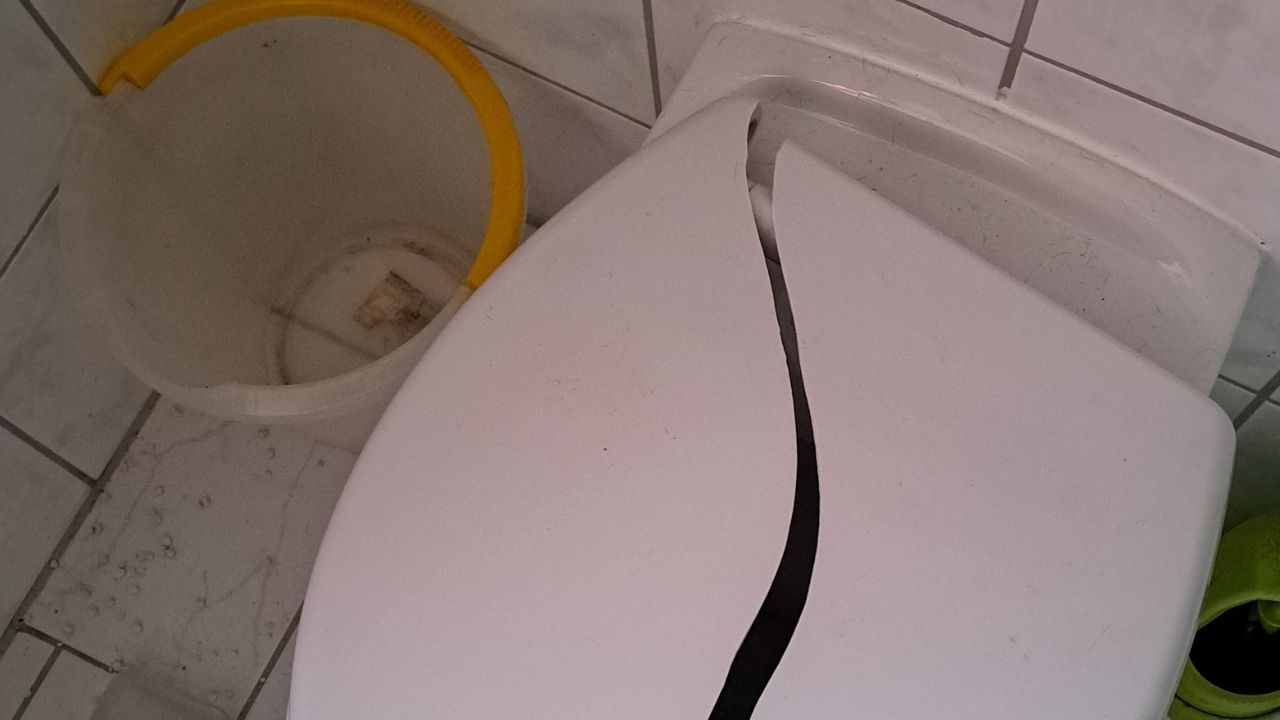

0 thoughts on “How Many Germs Are On A Toilet Seat”